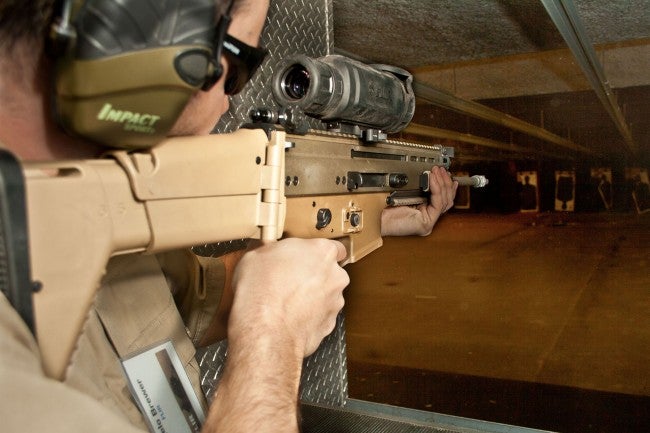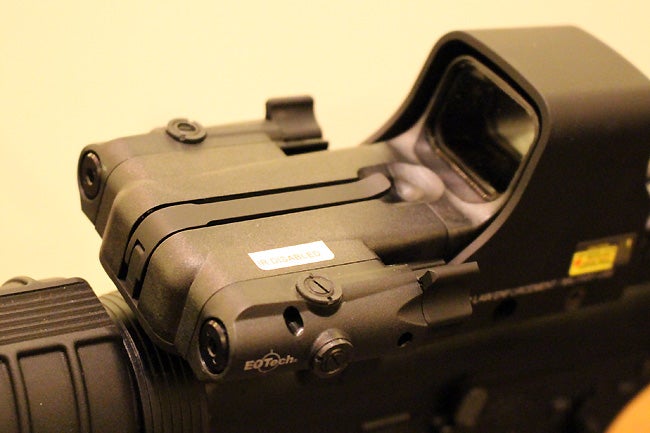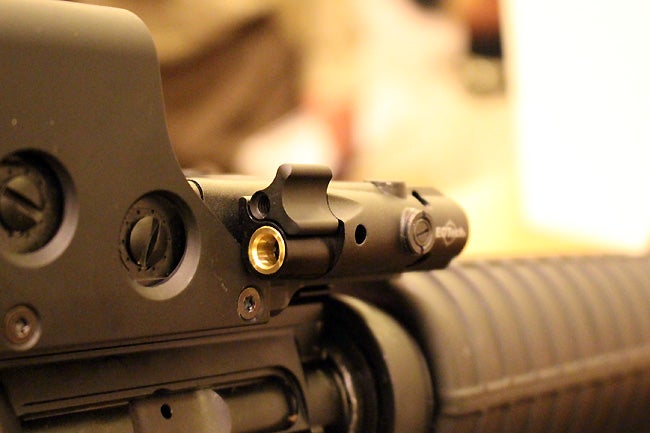
Finding the right place to mount a weapon light on a carbine rifle can always be a challenge. Different shooting techniques, shooting positions, gas systems, rail platforms and accessories all have an effect on where a weapon light is mounted. In the latter part of 2011 Haley Strategic teamed up with Impact Weapons Components to create a series of light mounts. The mounts were designed to complement modern weapon manipulation, accessories such as lasers and IR illumination and leave room for proper hand placement. From their very successful genesis to the present, the mounts have continued to evolve. The Thorntail and the Dropwing were the first mounts available. The Dropwing was designed to attach to a rail via the rail slots and has various ring sizes to attach to “tubular” flashlights. The Thorntail was designed to attach to MIL-STD-1913 rails and is tailored for short barreled rifles. The Thorntail mount also utilizes a ring attachment method and was designed to push the weapon light forward to leave space for proper hand placement. The next mount that Haley Strategic launched was the Mil 620 Light. The light mount was designed for the Surefire Millennium and 620 series of lights.
The Thorntail Offset mount was launched by Haley Strategic in October of 2012. The Thorntail Offset mount is a canted section of picatinny rail that attaches to a MIL-STD-1913 rail. Though the mount was designed to be a platform for weapons lights I found that it could also be used for back up iron sights as well as red dot sights. Like all the other Adaptive Light Mounts, the Thorntail Offset was designed to be extremely low profile.

The Thorntail Offset mount is marketed as one of the lowest profile and compact light mounts on the market. Here it is compared to a similar mounting solution.
The Thorntail Offset mount is machined out of 6061 – T6 aluminum (Ultimate Tensile Strength 45,000 PSI)…which is a very strong grade of aircraft aluminum. The Thorntail Offset mount weighs 1.06 ounces. Haley Strategic includes a 9/64 Allen wrench to assist in mounting. I torqued the test sample to my Troy rail at 10 in/lbs and had no movement during testing. Haley Strategic recommends using Loctite to keep the screws from coming lose. Be aware that if you are running a piston gas system make sure the heat isn’t venting directly on the mount/light.
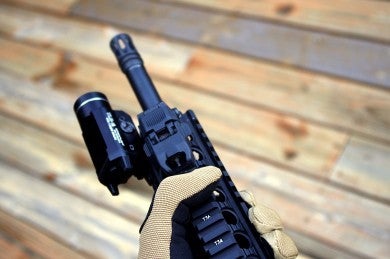
After testing the Thorntail I found that I was most efficient and comfortable with the light mounted in the 11 o’clock position.
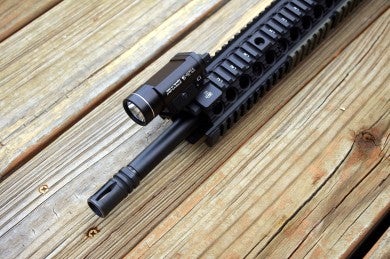
I traditionally like to run a light at the 12 o’clock position. By shifting to the 11 o’clock I found that I had a better field of view through my red dot sight.
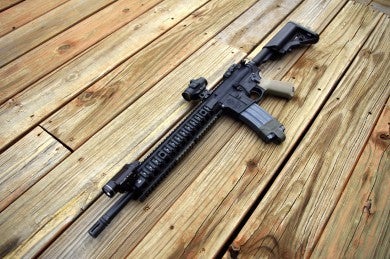
Smith and Wesson M&P 15…rebuilt with Colt internal parts. Lucid M7 Micro Dot. Streamlight TLR1S mounted on a Haley Strategic Thorntail Offset light mount. Can’t wait to shoot that rifle again. In the words of Pat McNamara…”Lets gas it up and burn it down…“
After watching the Haley Strategic promotional video, Travis made a point to demonstrate the Thorntail Offset mount as a possible platform in which a shooter can mount back up iron sights. I was anxious to try this out. The first thing I noticed is that the sight does not sit directly over the bore. For close up shots I didn’t find this to be a problem. From the prone position at 100 yards I found that if I held an inch to the right I was able to accurately hit what I was aiming at.
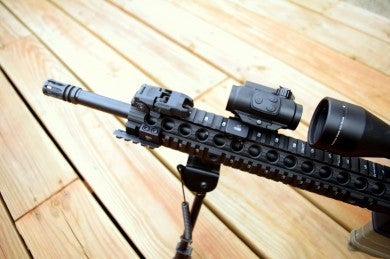
The Thorntail Offset mount proved to be an awesome platform for Lucid’s new red dot. I am currently reviewing the Lucid M7. So far the sight is bomb proof.
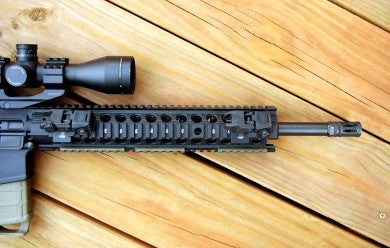
Due to the size of the scope mount the only place to attach back up sights was on the right side of the rail/handguard. The gun needs to be canted a lot more but if you are lacking a quick detach scope mount and you still want to use your iron sights…this is a solution.
- Streamlight TLR1S mounted on my Remington 700 SPS tactical. If you live in a jurisdiction that allows you to hunt predators or feral hogs at night, the Thorntail Offset would allow you to utilize your existing light…granted you had a place to mount it. A red lens paired with the Streamlight TLR1S will be an awesome combination for calling in coyotes at night.
Final Thoughts.
There is no question about it, Travis Haley did a wonderful job designing the Thorntail Offset mount. Impact Weapons Components sourced excellent material in manufacturing the Thorntail and the machining is second to none. The Thorntail Offset is an excellent mount that gives a shooter a lot of options in regards to configuration and I look forward to utilizing the mount on other weapons platforms. Without a doubt Haley Strategic is building an awesome portfolio of products. Navigate on over to the Haley Strategic website to check it out. On my way to the Haley Strategic website I stopped by the MARSOC Foundation website and made a donation.
Do you have any experience with the Adaptive Light mounts from Haley Strategic? Tips, questions, sarcasm, gripes and jokes are welcome in the comments below!
Load that bipod…stay safe!
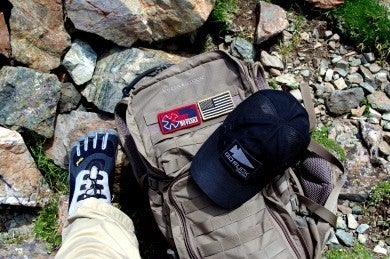
Recently hiked up Wheeler Peak. Highest point in New Mexico. Had a shot of whiskey for John Noveske. Vibrams rocked going up…not a lot of fun hiking down!
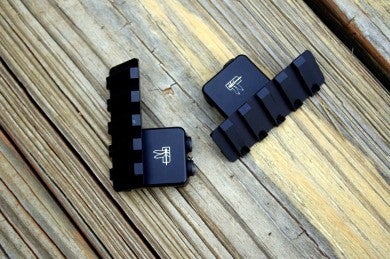



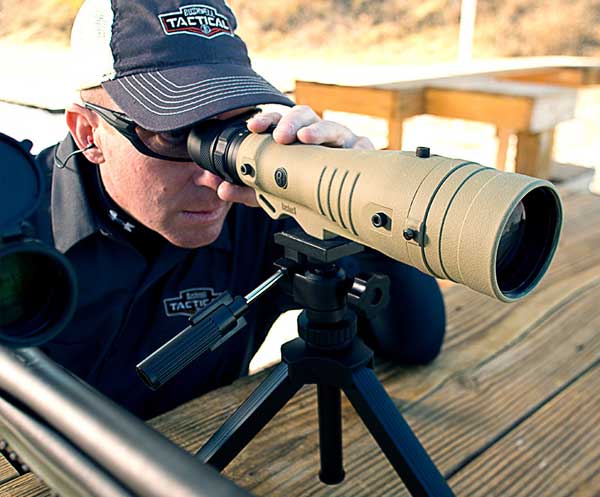

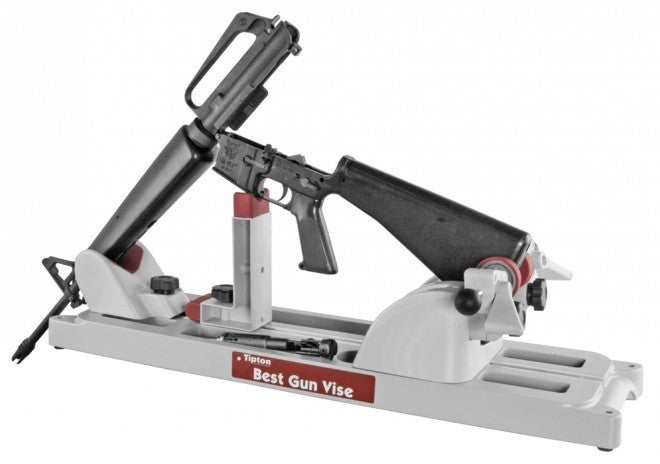
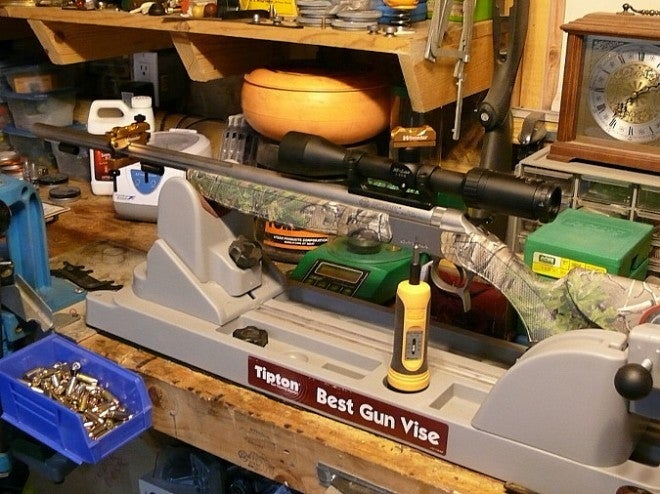







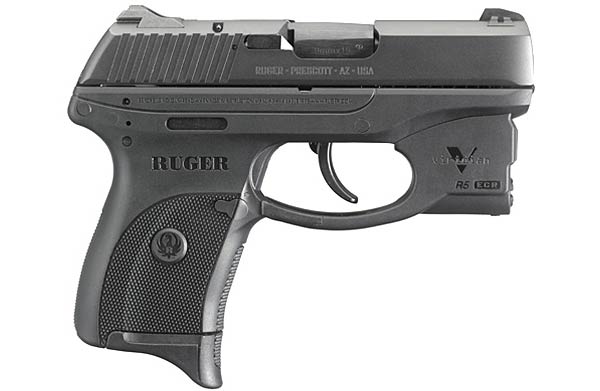























 FLIR has been very aggressive in marketing this as a thermal solution for everyone. Some of the suggestions are great, like identifying the drafty spot on your front door. Some are slightly silly: play thermally enhanced hide-and-go-seek?
FLIR has been very aggressive in marketing this as a thermal solution for everyone. Some of the suggestions are great, like identifying the drafty spot on your front door. Some are slightly silly: play thermally enhanced hide-and-go-seek? The great images we see in the ads are MSX images, built to blend thermal and visible light information with some image enhancing algorithms. But when the lights literally go out, the MSX images lose half of their data. In this case you’re working with the lepton alone, and I am very skeptical of its real range capability.
The great images we see in the ads are MSX images, built to blend thermal and visible light information with some image enhancing algorithms. But when the lights literally go out, the MSX images lose half of their data. In this case you’re working with the lepton alone, and I am very skeptical of its real range capability.
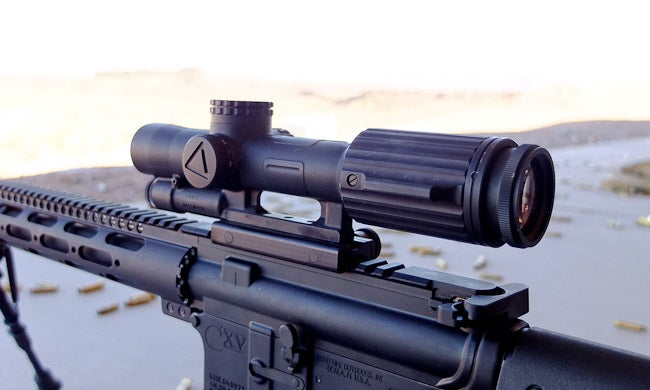
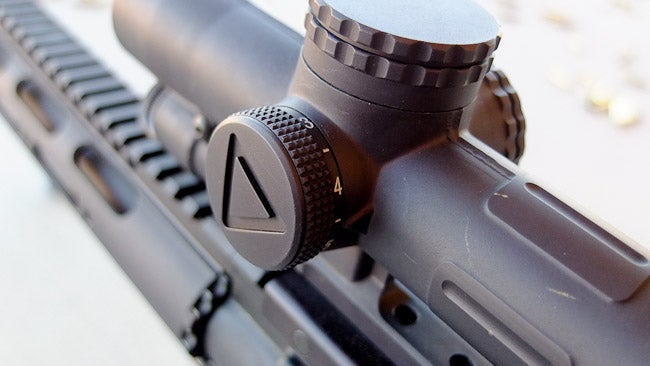
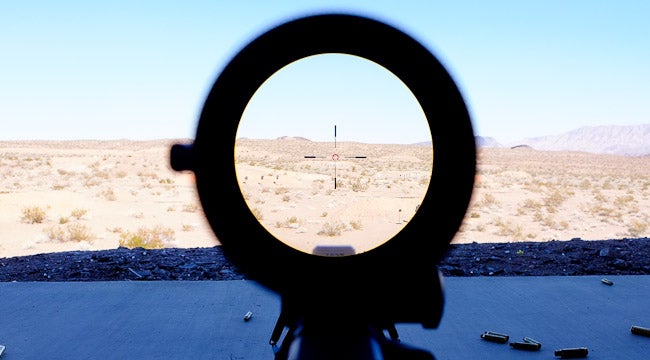



 Like the ATN Odin or the Armasight Zeus: the Thermosight RS is a stand-alone rifle sight built on FLIR’s Tau core with a variety of palettes and reticles.
Like the ATN Odin or the Armasight Zeus: the Thermosight RS is a stand-alone rifle sight built on FLIR’s Tau core with a variety of palettes and reticles.